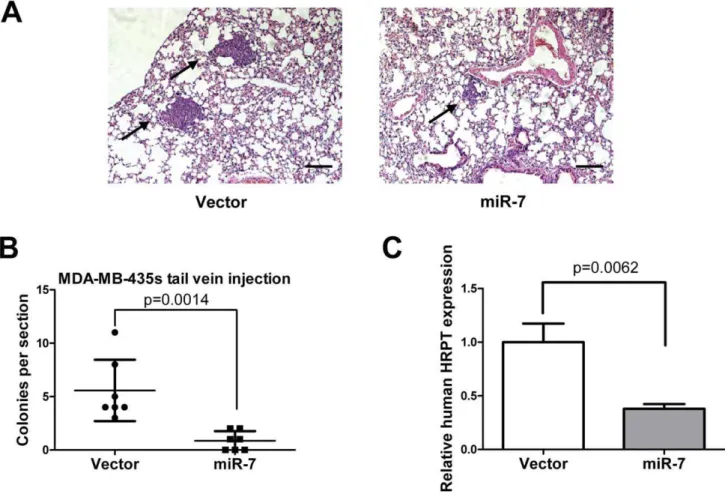MicroRNA-7 inhibits epithelial-to-mesenchymal transition and metastasis of breast cancer cells via targeting FAK expression.
Texto
Imagem
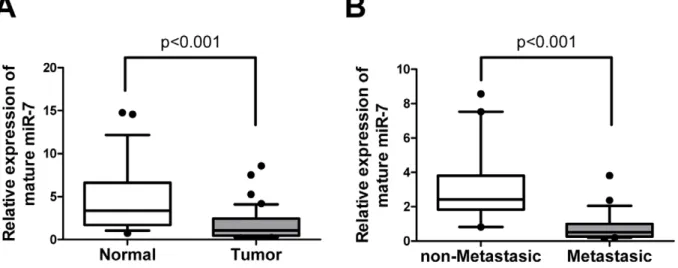
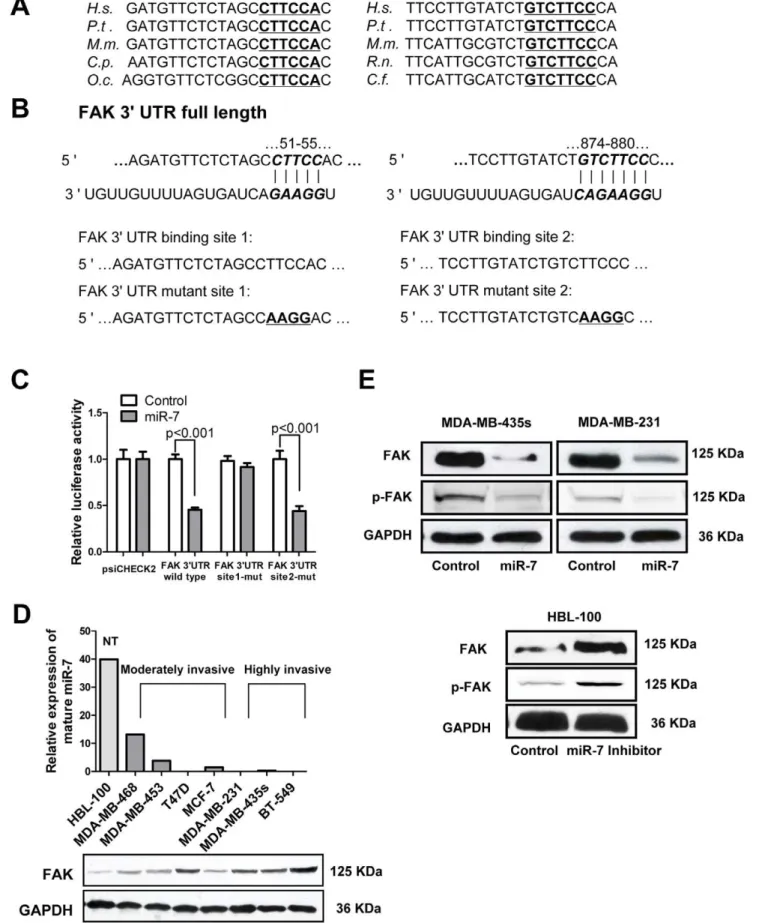
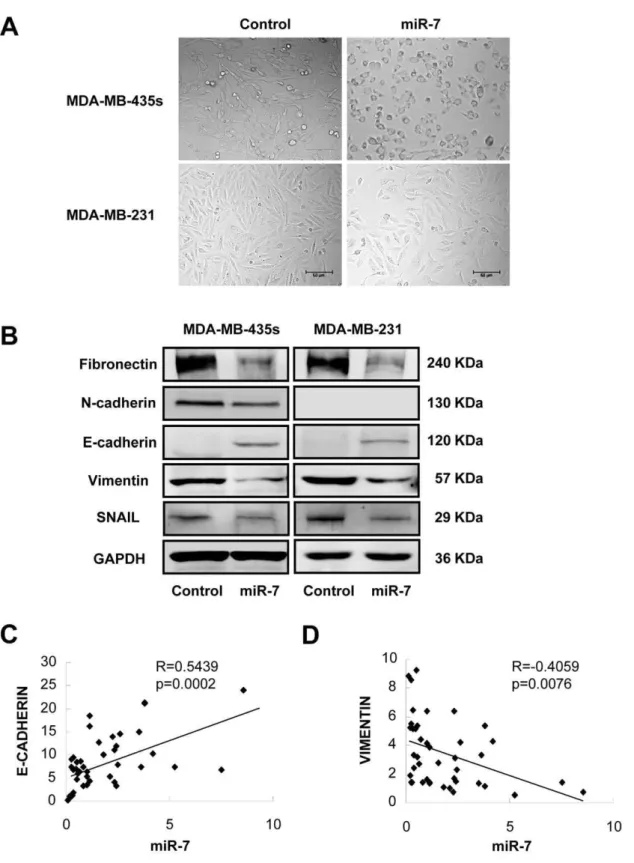
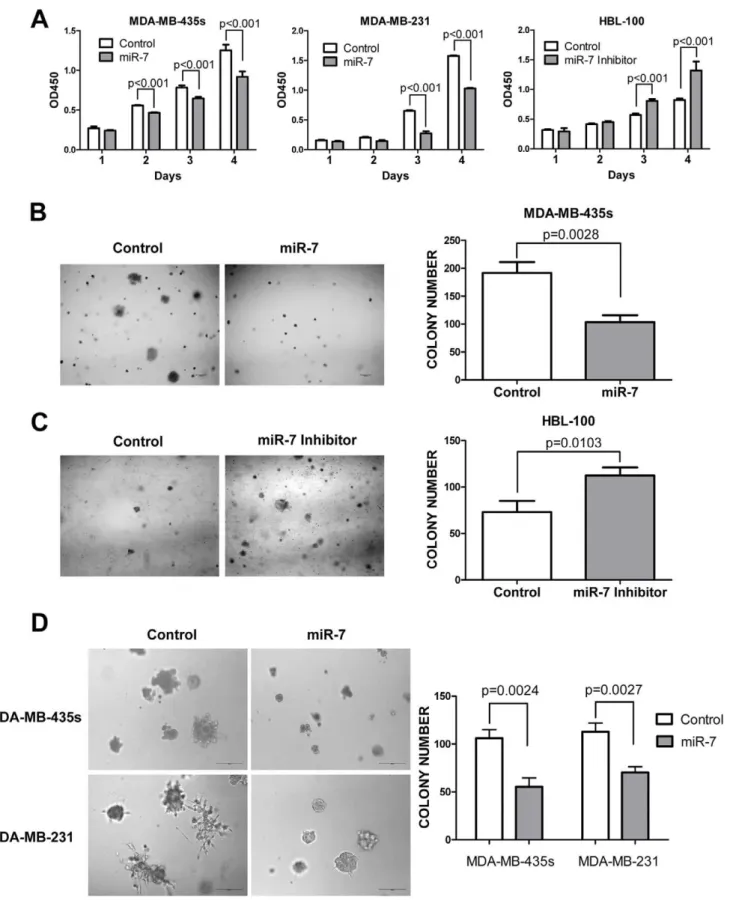
Documentos relacionados
In MCF-7 cells, up-regulated miR- 143 significantly decreased the expression and phosphor- ylation levels of ERK5 and MAP3K7, and up-regulated miR-143 and down-regulated ERK5 or
The naphthoquinones effectively reduce tumor cell growth in MCF-7 human breast cancer cells when associated with thiosemicarbazone (1,2-naphthoquinone-2-thiosemicarbazone, NTQS)
We found that gastric cancer cell migration, invasion, proliferation and apoptosis were restored in the AGS cell line with forced miR-338 expression and NRP1 restoration
Lupeportlandol acetate was inactive in cytotoxicity assays in vitro against three human tumor cell lines: MCF-7 (breast cancer), NCI-H460 (non-small cell lung cancer) and SF-268
Influence of estradiol and triiodothyronine on breast cancer cell lines proliferation and expression of estrogen and thyroid hormone receptors.. Efeito do estradiol e
In our ODE model for the breast cancer cell population dynamics, transition rates are indeed much smaller than the growth rate to guarantee independent existence of each
To overcome this hurdle for studying the functional role of Vav1 in human breast cancer, we overexpressed Vav1 in two breast cancer cell lines, AU565 and MCF-7, achieving Vav1
In this study, by ectopic expression of OCT4B in SiHa cells we demonstrated that OCT4B promoted cervical cancer cell proliferation and xenograft growth, and inhibited cell
